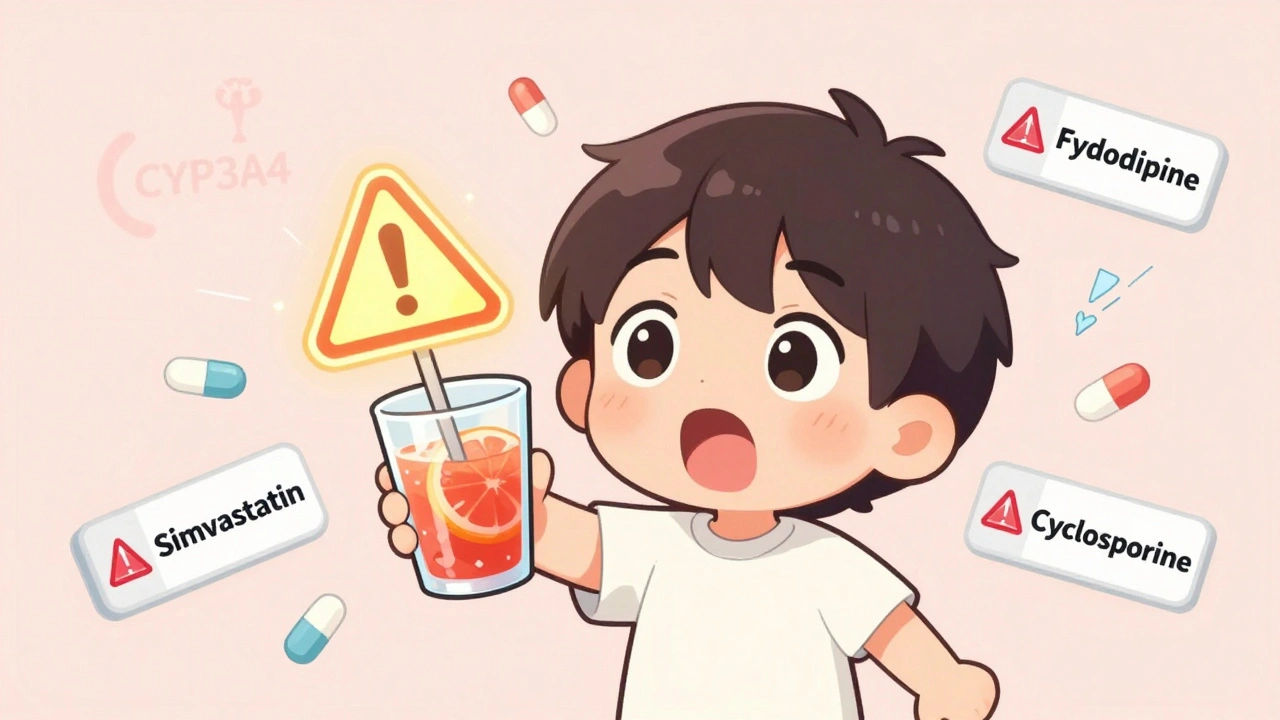Phenytoin Alternatives: Options for Managing Seizures
When working with Phenytoin alternatives, non‑barbiturate drugs used to control seizures when phenytoin isn’t suitable. Also known as non‑phenytoin anticonvulsants, they give clinicians flexibility for patients who experience side effects, drug interactions, or specific seizure types. These Phenytoin alternatives include several well‑established medicines. Common choices are Carbamazepine, a sodium‑channel blocker that’s effective for focal seizures and trigeminal neuralgia, also called Tegretol, Levetiracetam, an agent that binds to SV2A protein, reducing neuronal excitability, marketed as Keppra, and Valproic acid, a broad‑spectrum anticonvulsant that increases GABA levels and blocks sodium channels, often listed as Depakote. Each of these drugs brings its own profile of efficacy, tolerability, and monitoring needs, creating a network of options that clinicians can tailor to individual patients.
Key Factors to Consider When Switching
Choosing the right alternative hinges on three core concepts: seizure type, side‑effect risk, and drug‑interaction landscape. Focal seizures, for example, respond well to carbamazepine because of its strong sodium‑channel blockade, while generalized tonic‑clonic seizures may be better controlled by valproic acid’s multi‑mechanistic action. Levetiracetam shines when rapid titration is needed and the patient has a history of hepatic issues, since it’s metabolized minimally by the liver. Side‑effect profiles also steer decisions—carbamazepine can cause hyponatremia and rash, levetiracetam may trigger mood changes, and valproic acid carries a risk of weight gain and liver enzyme elevation. Drug interactions matter too: carbamazepine induces many CYP enzymes, potentially lowering the effectiveness of concurrent therapies, whereas levetiracetam has a low interaction burden. Understanding these attributes helps avoid the pitfalls that often force a switch back to phenytoin.
Practical steps start with a thorough medication review and baseline labs. When moving from phenytoin to an alternative, clinicians typically taper phenytoin slowly to prevent breakthrough seizures while initiating the new drug at a low dose. Therapeutic drug monitoring is essential for carbamazepine and valproic acid, as blood levels correlate with both efficacy and toxicity. Patients should be educated about early warning signs—skin rash for carbamazepine, mood swings for levetiracetam, and nausea or tremor for valproic acid—so they can report issues promptly. The collection of articles below dives deeper into each alternative, compares them side‑by‑side, and offers real‑world tips for dosing, switching protocols, and long‑term management. By the end, you’ll have a clearer roadmap for navigating the landscape of phenytoin alternatives and selecting the medication that best fits your clinical scenario.





